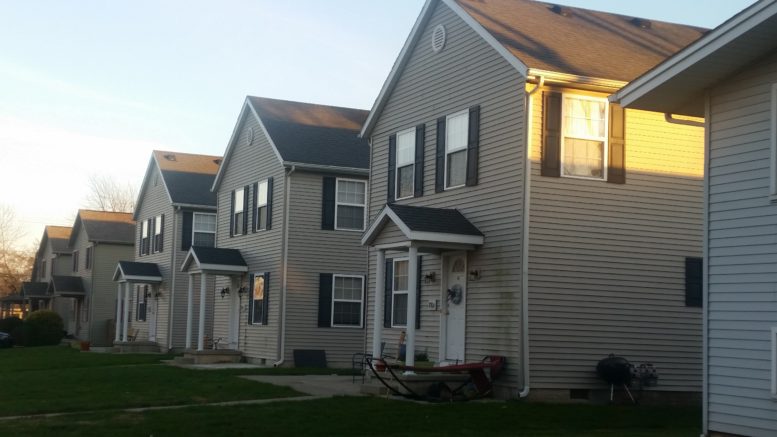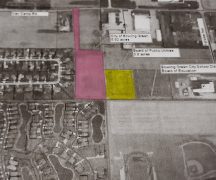By JAN LARSON McLAUGHLIN
BG Independent News
Over the past month, Bowling Green city staff has studied third party inspections – rather than just self-inspections by landlords – of rental housing in the city.
Mayor Mike Aspacher has long acknowledged that some of the estimated 7,000 rental housing units in the city do not meet standards – and that it’s the city’s responsibility to address the issue.
But up until August, he gave City Council the instructions that the issue should be handled without expanding city staff, and without adding layers of bureaucracy.
“I continue to believe there is a value to having a program that is reasonable,” Aspacher said to council last month.
But he has also come to believe that third party inspections would be beneficial – rather than just self-inspections by landlords.
So the mayor instructed the city staff to begin a detailed analysis of how a rental housing inspection program might work.
During their meeting this Monday evening, City Council members will hear a report on challenges and solutions suggested by city staff. A letter from Municipal Administrator Lori Tretter explained the results of the study so far.
The rental housing issue involves registration and inspection of residential rental properties.
The goal is to ensure that problematic rentals are identified, inspected and promptly remedied. The incentives for owners – in addition to following the law – is that properties found not complying and the fault of the owner, will face not only penalties but increased reporting standards.
According to Tretter, city staff has developed the technology infrastructure for the registration process and registrations are being received.
Some anticipated early challenges have emerged, she wrote. The most significant has been the accurate mapping component. While multi-unit buildings are assigned individual addresses for each apartment, they are not coded that way on the city’s Geographic Information System (GIS).
Registering all the rental properties will be time-consuming, but it will be a one-time process. Another long-term benefit is that this information is tied to the 911 system – meaning improved information will be available to first responders, Tretter noted.
An additional challenge is finding all locations that are rentals. When the registration deadline passes, it will be necessary to make sure all registrations have been submitted – but not knowing what is out there creates a verification challenge. According to Tretter, city staff has been working to solve this problem.
As for the inspection piece of the program, it has long been discussed that the goal is to identify unsafe rental units and enforce compliance.
“Getting there is a bit of a balancing act, as council knows well after meticulous study and discussion, and the legislation is an initial attempt at balancing the legal and practicalities of implementing and enforcing inspection while also being effective,” Tretter stated.
The expectations are that owners of residential rentals be responsible for maintaining the houses and apartments in “good repair and safe condition.”
The city will have the authority to verify compliance through onsite inspections – arranged with the owner or through a search warrant issued by judicial authority.
The goal is to allow landlords in compliance to continue operating without undue hardship, and to identify those not in compliance and enforce the rules.
The letter from Tretter acknowledged that the current system relies too heavily on reporting by tenants. The new enforcement strategy allows for tenant reporting, and seeks to make that system more accessible and understandable. But a change in the approach is that landlords will now need to certify compliance.
It is anticipated that the enforcement strategy may evolve as the scope of work is better understood and the success of the program is monitored. The initial direction will be to verify the accuracy of the inspection forms to see if certifications are in alignment with actual conditions.
It is hoped the city will be able to work with the tenant or landlord to gain access to the rental houses or apartments. However, this system also establishes the needed probable cause for the legal system.
It has been suggested that the legislation include a percentage of rental properties to be automatically inspected. However, since the city does not have an accurate count of the number of units and enforcement details have not yet been flushed out, Tretter said that assigning a threshold now is premature.
If, after the program is implemented, there is concern that landlords aren’t complying, enforcement can be reconsidered and adapted to optimize effectiveness, she continued.
The city staff has also discussed fees and which city department will perform the inspections.
Tretter advised that the setting fees is premature since the enforcement strategy is in the planning stages and the program won’t be implemented until 2023. In cases where properties have been found to be in violation of the law and require a higher standard for inspection, the property owner will be solely responsible for the inspection fee.





